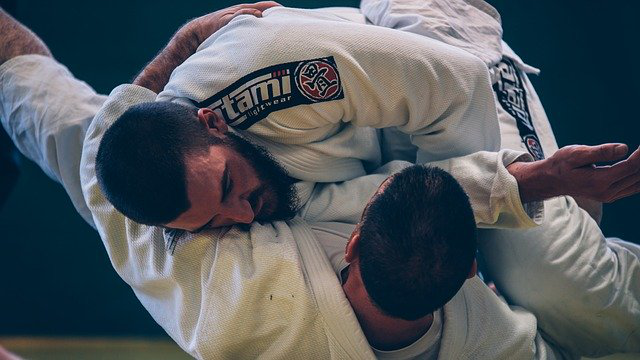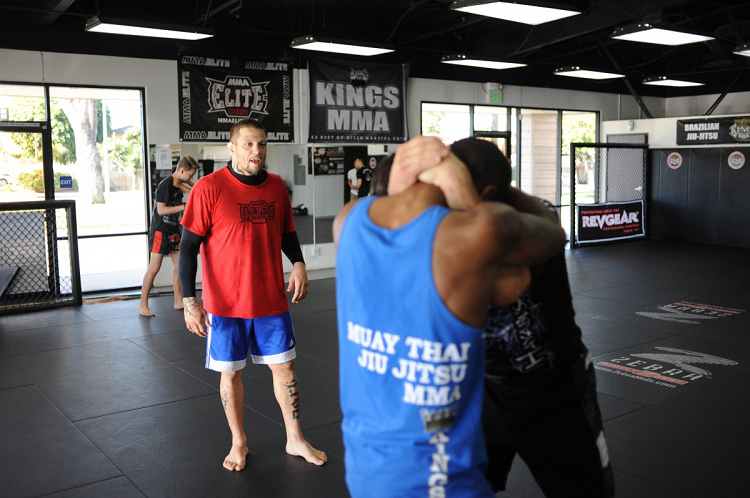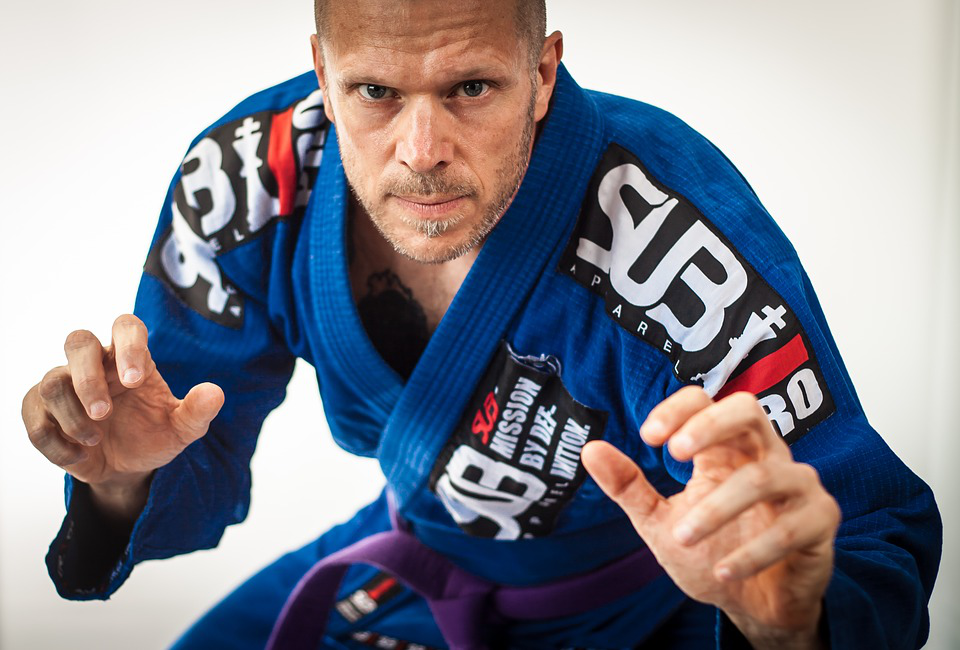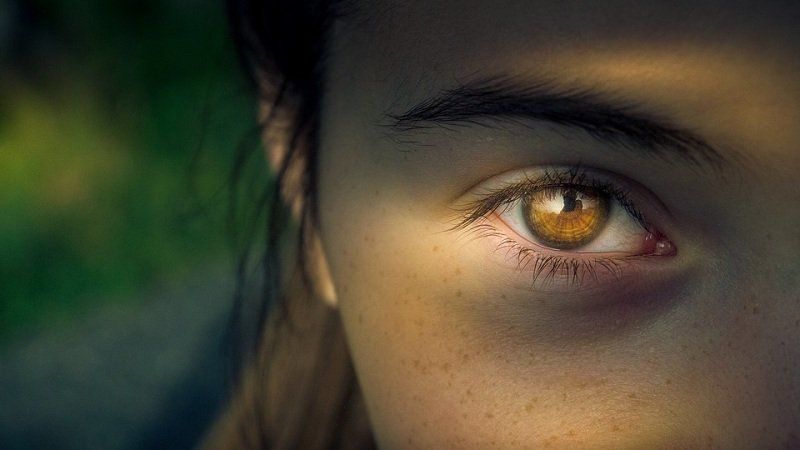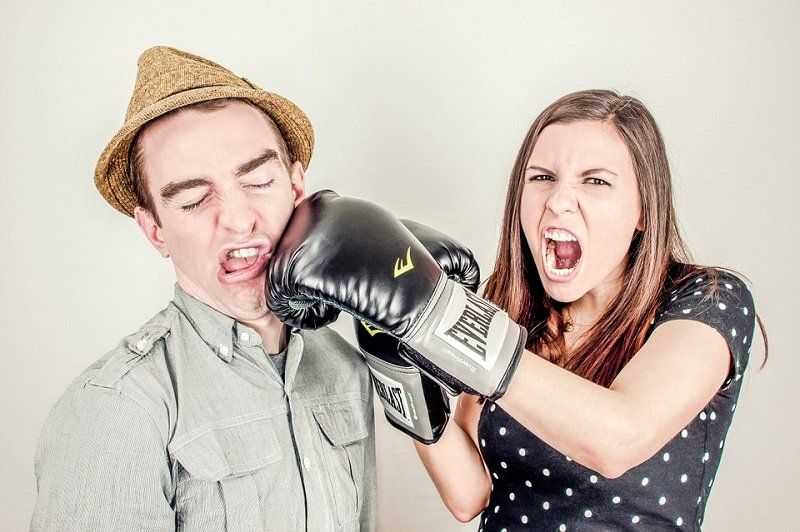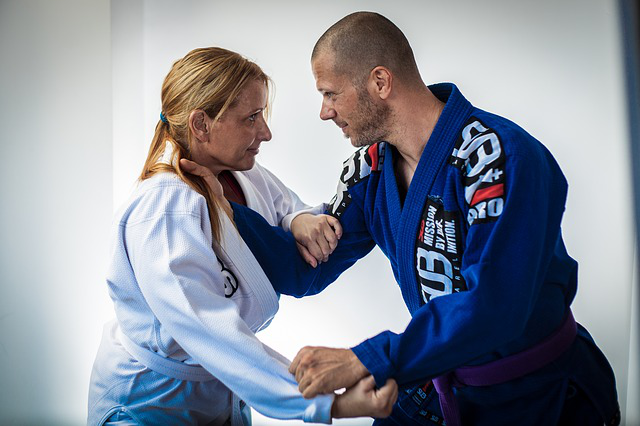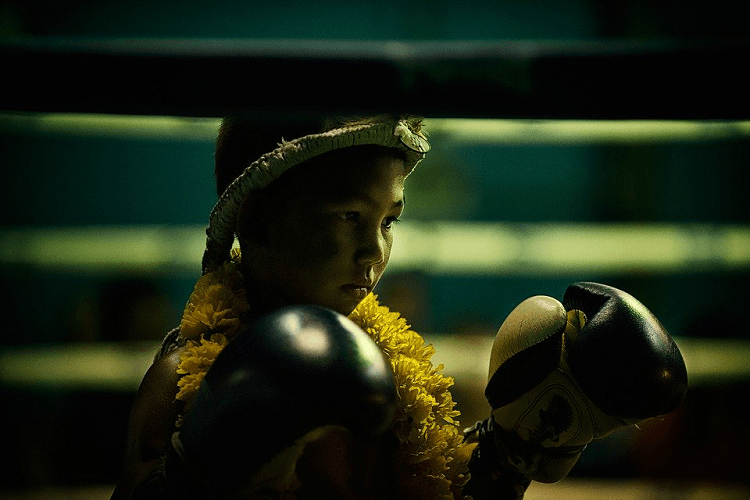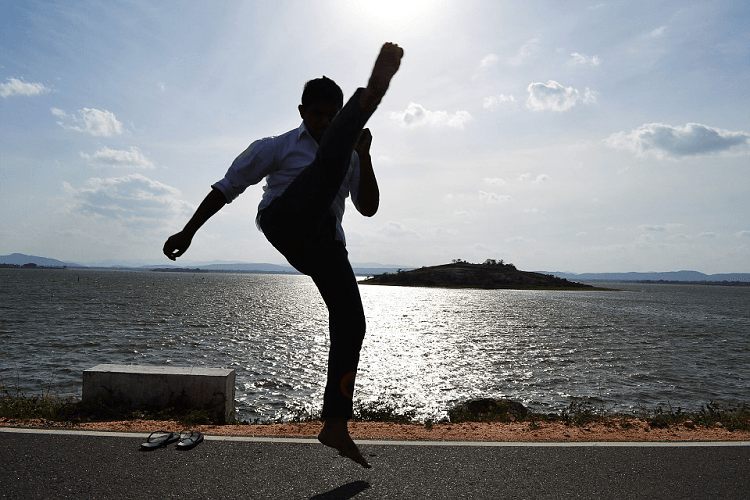Kids Martial Arts and Adult Martial Arts: The Progressive Journey of Learning and Teaching
Children’s/Kids Martial Arts and Adult Martial Arts:
the Progressive Journey of Learning and Teaching
Introduction
What is different about learning martial arts when it comes to children versus adults? Although there are obvious differences in the methods and subject matter for children, is the process of learning and growth really any different? For that matter, Is there any conceptual difference between a Student and a Teacher, when it comes to the learning process, effective personal growth, and continued self-improvement?
Learning and teaching are both progressive intellectual journeys of exploration in the study of any art form, whether it be children’s martial arts, adult martial arts, or other forms of learning apprenticeships. This exploration often begins with an introspective assessment, but ultimately transitions to an outward extension of your knowledge and experience to serve as inspiration to others. The human dynamic also has an impact on both the teaching and learning process, and this nurtures an environment where both the Teacher and the Student can learn from one another (knowledge transfer is never a one-way street).
The intertwined journey of Student and Teacher also evolves through several important phases that can be better explored by using some of the key ideas presented in The 7 Habits of Highly Effective People, first published in 1988, and written by Stephen R. Covey. In this book Covey outlines an approach to being effective in attaining goals by aligning oneself with principles that he presents as universal. As discussed in more detail below, the first phase of the journey embraces three of Covey’s seven habits, which each focus on moving from Dependence to Independence, or self-mastery of the subject matter. The second phase focuses on Interdependence, and provides three habits that help you learn to work with others (less focus on self), and in the final phase/habit, the practitioner focuses on continuous self-improvement.
Covey also provides an “8th habit” in a follow-up book to his method of success, and this 8th habit draws full circle with a focus on inspiring others through your actions (outward extension of knowledge and influence).
Our Martial Arts journey at SMAA (e.g., Karate, Jiu Jitsu, Judo, Aikido, Kobudo, Boxing, Wrestling, etc.) parallels Covey’s effective habits in many ways. Our training begins with a move from Dependent to Independent, followed by Interdependent study in learning to work with others, and culminating with the eventual journey of Continuous Self-Improvement. Similar to Covey’s “8th Habit”, our final phase of development always inspires you to find your own voice so that others are inspired to find their voices (inspiration through teaching and passing on knowledge and positive traits). Note that you will also see parallels in the principles when comparing the journeys of the Student and the Teacher as both require credibility, growing faith, hope, and commitment for the purposes of nurturing their interconnected relationship. If all is aligned, and you work hard while embracing these principles in your study of martial arts, then you are much more likely to attain your goals (whether you are a Student or a Teacher).
The pursuit of martial arts study for children is no different than it is for adults - both will go through all of the same phases of development at one time or another, and a more advanced student may need to step back to refresh on early phases of study to accommodate circumstances and the needs of others. So if we examine the big picture, we see a natural progression from child to adult, and we also see a similar (and interconnected) journey of progressive learning between the Student and the Teacher - the ultimate goal is always to provide guidance and inspiration to others through your knowledge and experience.
Phase 1 - Children and Adults moving from Dependent to Independent, & Instruction
Keep in mind that developmentally, children should be working on moving toward independence by gaging the trustworthiness and ascertaining the credibility of the guides they seek out or encounter for their purposes. This is always of concern for parents who want the best influences and guides for their children, so the potential of the child can be cultivated in a wholesome manner. Parents and adults should focus on these qualities in their guides/teachers. They should also consider the instructional practices employed, the sources of influence on the student, the building of self-esteem, self-confidence, and the overall sense of security and consequent desired growth.
In children’s and adults’ martial arts classes, instructors must establish trust through a culture of respect and education. This is accomplished by modeling both technique and character through direct instruction, and rewarding those who exemplify the proper technique, as well as, the traits within the codes of Bushido and Chivalry as these are goals for all Budo-ka (martial artists).
Truly believing in oneself comes through gaining security, confidence, and self-esteem. Instructors should work to grow these aspects of the student through encouragement, compassion, and acknowledgment of comportment, and skills (collaborative, self-control, punctuality, helpfulness, etc.).
Teaching practices should ascribe to the idea that Character Traits precede those of brutal martial arts technique and/or violence. This is the main difference between many elite martial arts and other sports that only seek to win a game or match with less regard for reflection on character development. Elite martial arts are about self-preservation, complete self-defense, and upstanding character development. The child must continue to focus on these positive traits as the practitioner progresses from child to adult, and from Student to Teacher - the unrelenting focus never ceases, and the progressive journey continues to throw new considerations at you no matter your level of experience.
Phase 2 - Interdependence
The shaping, encouraging and tempering of a child or an adult is intricate work with many cogs working together to impact the resulting crystallization of a strong, well-equipped, compassionate person.
Students and teachers need to have a clear understanding of the norms and procedures within classes. This is accomplished through martial traditions set forth by the instructor which have historical lineage, steeped in history, and align with an overall tone of respect. Herein, lie the concepts of “Seek First, to Understand” and “Win-Win”.
However, imbalance, misconceptions, and misunderstanding may often be the end-result. In learning environments like this, the teacher may find themselves looking at the process and seeing it as disrespect of their teachings and services, or vice versa. Students may perceive themselves as being “held-back” or not being favoured, while at the same time providing good faith and hard cash for training. In contrast, the Teacher may become disillusioned or otherwise may feel that his/her instruction has not been appreciated, or properly valued. This leads to the perception (or misperception) that the Student (or Teacher) is receiving a raw deal and is not being treated fairly or equitably. Being proactive by seeking clarification of goals together as student and teacher will assist in avoiding these sorts of issues altogether. Being upfront and proactive with training partners works in the same way. Although instructors should pair students off whenever possible to match needs and skills of students within the school, there will inevitably be particulars to work through with a training partner.
The key to remember is that all of these journeys are a quest for improvement, and if a teacher doesn’t measure up, you need to find one that has a history of helping students achieve their goals. For the teacher, perhaps the student may not demonstrate the commitment to the purpose, (i.e., skipping classes and providing multiple excuses month after month). In both cases one needs to continue the journey and dismiss the inadequacies of the other. Holding on like a faithful dog will not earn you gratitude or grow your knowledge and facility with it.
Transitions and growth require faith and trust - you must have faith in yourself that you have the capacity, skills and potential to communicate, relate, understand (problem solve) and apply your understanding to the learning situations you encounter. You will also need to trust in others upon whom you must depend to help you achieve your goals and objectives. Remember, “No Man/ Woman is an Island” and you can’t do it all on your own.
The key for the instructor is to make tasks challenging yet attainable. To do this effectively and efficiently the instructor needs to understand where the student resides on their continuum of personal, interpersonal awareness and academic (martial arts skills) competence. Instructors must also never forget that this work on “self” never ends, and we are all simply students on one long journey together.
Phase 3 - Continuous Self-Improvement
In this phase one attempts to deepen his/her understanding of all the preceding levels to become more efficient and effective at achieving mastery of them. Every experience builds on the next. This is where you attempt to find balance in a sustainable yet progressive pattern in the habits of mind and body. You seek to enrich mind by recharging your batteries through reading, or attending clinics that help you to do so. You eat healthy foods and exercise regularly to keep your body and mind in sync with one another. You enjoy healthy relationships so that you may enjoy your life experience with others in positive ways.
Honing your skills in all areas of your being and life is the essence of continuous self-improvement. In martial arts, the first step toward continuous self-improvement is getting to all of the classes available to you. If you have a good instructor(s) there will always be great things to learn. Commitment and discipline are the first keys to success in a long journey of exploration (i.e., showing up for class is more than half the battle).
Phase 4 - Finding your voice so that others are inspired to find their voices
In his subsequent book published in 1989, The 8th Habit: From Effectiveness to Greatness, Covey provides us with an “8th effective habit” through which people can discover their voice by means of three aspects of human existence:
-
Freedom of Choice - we are unbound and free to go in our own direction);
-
Guiding Principles – these principles dictate the consequences of behavior, with positive consequences coming from fairness, kindness, respect, honesty, integrity, service and contribution (Chivalry and Bushido);
-
The Four Intelligences – mental, physical, emotional and spiritual.
Thus, as Covey expresses it, high achievers learn to convert energy into action. Mental energy can be turned into future Vision, while physical energy can be turned into Discipline. Emotion can be converted into Passion, and spiritual energy can be used as a voice of Moral Conscience - very important when weighing your actions and consequences, both as a student and a teacher.
To use these gifts in increasingly effective manners over a lifetime of study in any endeavor will likely result in inspiring others to do the same. Some call this leadership and succession planning (i.e., inspiring new leadership). A person in the inspirational role/ leadership position will likely be seen as having Vision, Discipline and Passion for the purpose. These qualities are inspiring and often motivational for those in proximity.
Conclusion
It is important to remain buoyant and positive in the face of adversity, complaints, criticism, or competition. These are the carcinogenic elements that may attempt to derail you from your goals.
When considering the Martial Arts Journey as a child or as an adult (student and/or teacher), it is important to reflect on each of the phases mentioned above. Never forget how your perceptions and consequent behaviours have been shaped over time and who helped you along the way - this is the principle of honoring yourself and others. From actions that may seem to be of little significance, to actions that have immediate life altering impact, we are all affecting one another, here, together, now. Each day is a fresh start at being your best in all that you encounter.
For martial artists this begins with training, learning and rehearsing techniques and martial virtues. In the gym practitioners should be encouraged to see how many people they can help encourage to move them forward. As a Martial artist (Karate, Jiu Jitsu, AIkido, Judo, Boxing, etc.) one should attempt to interact with as many people as you can so that you influence them to have a better day. Show club mates that they are valued in many ways.
When setting out on your journey, also remember that the paths of the Student and the Teacher both progress along an intertwined journey in the continued quest for knowledge. The Teacher naturally instructs and guides the Student along the path, but it could be said that there is no leader in this human dynamic - the “Teacher” is simply the most senior “Student” in the room, and both are continuing to learn and self-develop along the winding path.
Thus, we see that the natural progression for the child is to grow to an adult. Similarly, the natural progression of the Student is to grow into a Teacher. If the progression unfolds appropriately, the Teacher ultimately becomes a symbol of pure inspiration (the “8th Habit”) as tales of the “old Master’s” youthful exploits slowly evolve into legends that fuel the goals and aspirations of the next generation.
